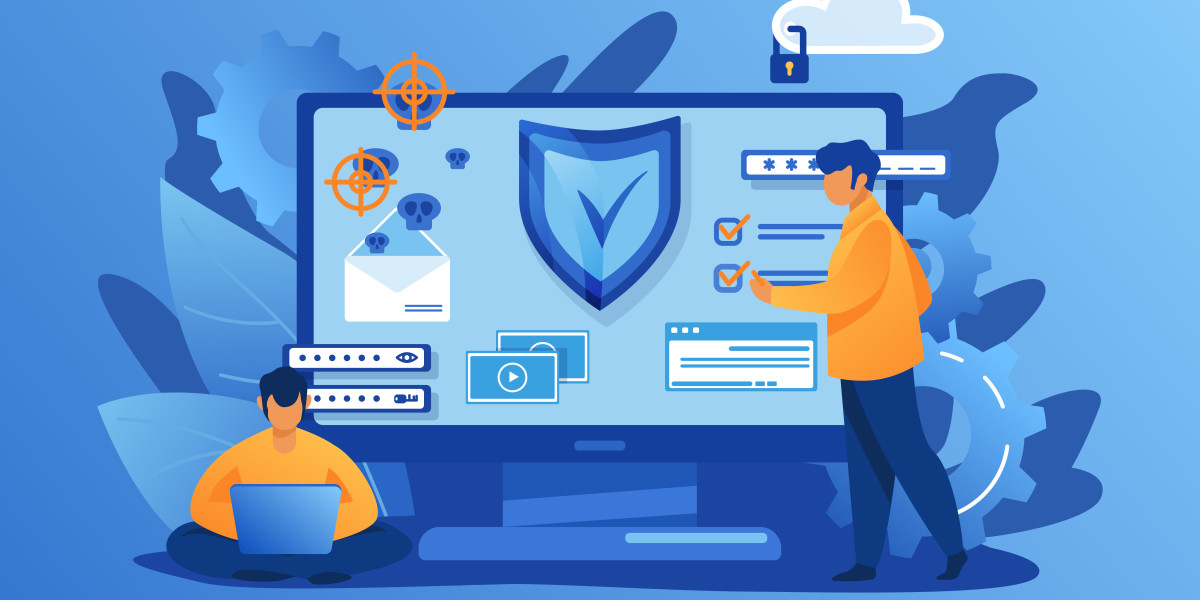In today's digital landscape, software security is paramount. With cyber threats and data breaches on the rise, ensuring the security of your software has never been more critical. One of the most effective ways to bolster your software's security is through secure coding practices. In this comprehensive guide, we'll explore the best practices for secure coding, offering insights on protecting your software from vulnerabilities and potential threats. We'll also introduce you to BetaTest Solutions, a leading provider of quality assurance and testing services that plays a crucial role in software security.
Understanding Secure Coding
What Is Secure Coding?
Secure coding refers to the practice of writing code in a way that minimizes security vulnerabilities and protects against potential threats. It involves following established coding standards and best practices to ensure the software's resistance to attacks and exploitation.
The Importance of Secure Coding
Secure coding is essential for several reasons:
- Protection from Cyber Threats: Secure code is less susceptible to vulnerabilities and attacks, reducing the risk of data breaches and other security incidents.
- Compliance: Many industries have regulatory requirements that mandate secure coding practices. Non-compliance can result in legal and financial consequences.
- User Trust: Secure software builds user trust and confidence, which is essential for a successful product or service.
Best Practices for Secure Coding
Let's dive into the key best practices for secure coding:
1. Input Validation
Description: Always validate and sanitize user inputs to prevent injection attacks such as SQL injection, cross-site scripting (XSS), and command injection.
Implementation: Use input validation libraries, frameworks, or built-in functions to validate and sanitize input data. Reject any input that doesn't conform to expected patterns.
2. Authentication and Authorization
Description: Implement robust authentication and authorization mechanisms to ensure that only authorized users can access specific features and data.
Implementation: Use strong authentication methods, including multi-factor authentication when possible. Implement role-based access control (RBAC) to manage user permissions.
3. Error Handling
Description: Handle errors gracefully to avoid exposing sensitive information to potential attackers.
Implementation: Use generic error messages and avoid revealing specific details about the software's structure or vulnerabilities. Log errors securely for debugging purposes.
4. Data Encryption
Description: Encrypt sensitive data, both in transit and at rest, to protect it from unauthorized access.
Implementation: Use encryption algorithms and libraries that adhere to industry standards. Encrypt data stored in databases and ensure secure transmission using protocols like HTTPS.
5. Patch Management
Description: Keep all software components, libraries, and dependencies up to date to address known vulnerabilities.
Implementation: Establish a routine for monitoring security updates and patches. Apply patches promptly to address any identified vulnerabilities.
6. Secure Configuration
Description: Ensure that all software components are configured securely to reduce the attack surface.
Implementation: Follow best practices for server and application configuration. Remove or disable unnecessary features and services.
7. Code Reviews and Testing
Description: Conduct regular code reviews and comprehensive testing, including static analysis, dynamic analysis, and penetration testing.
Implementation: Engage in peer code reviews to identify and rectify security issues. Use automated testing tools to scan code for vulnerabilities. Conduct regular security testing to identify weaknesses.
8. Least Privilege Principle
Description: Apply the principle of least privilege, which means granting users or systems only the minimum access or permissions necessary to perform their tasks.
Implementation: Limit access to sensitive resources and data to authorized users or processes. Regularly review and adjust permissions as needed.
9. Secure Dependencies
Description: Ensure that third-party libraries and dependencies used in your software are secure and regularly updated.
Implementation: Keep track of dependencies and their versions. Monitor security advisories for known vulnerabilities in these dependencies.
10. Security Training and Awareness
Description: Educate your development team about secure coding practices and raise awareness of potential threats.
Implementation: Provide training and resources on secure coding principles. Foster a security-conscious culture within your development team.
The Role of BetaTest Solutions in Secure Coding
Secure coding is a continuous process that requires thorough testing and validation. This is where BetaTest Solutions, a trusted provider of quality assurance and testing services, comes into play.
1. Security Testing
BetaTest Solutions offers comprehensive security testing services, including penetration testing and vulnerability assessments. Their experts identify and address security weaknesses in your software, ensuring that it remains protected from threats.
2. Code Review
Their code review services include a focus on security. BetaTest Solutions' experienced team conducts in-depth code reviews to identify vulnerabilities and recommend remediation.
3. Secure Development
BetaTest Solutions understands the importance of secure development practices. They collaborate with your development team to integrate secure coding practices into your software development lifecycle.
4. Continuous Monitoring
BetaTest Solutions provides continuous monitoring and testing to detect and respond to evolving threats and vulnerabilities.
Conclusion
Secure coding is not an option; it's a necessity in today's digital landscape. By implementing the best practices outlined in this guide and partnering with experts like BetaTest Solutions, you can significantly enhance the security of your software. Protecting your software from vulnerabilities and potential threats is an ongoing process, and it requires vigilance and a commitment to staying ahead of emerging threats. Secure your code, safeguard your users' data, and build a reputation for trustworthiness in the world of software development.
Source: https://yruz.one/blogs/87253/Best-Practices-for-Secure-Coding-Protecting-Your-Software-from-Threats



